Maybe We Should Bring Some of them Back?
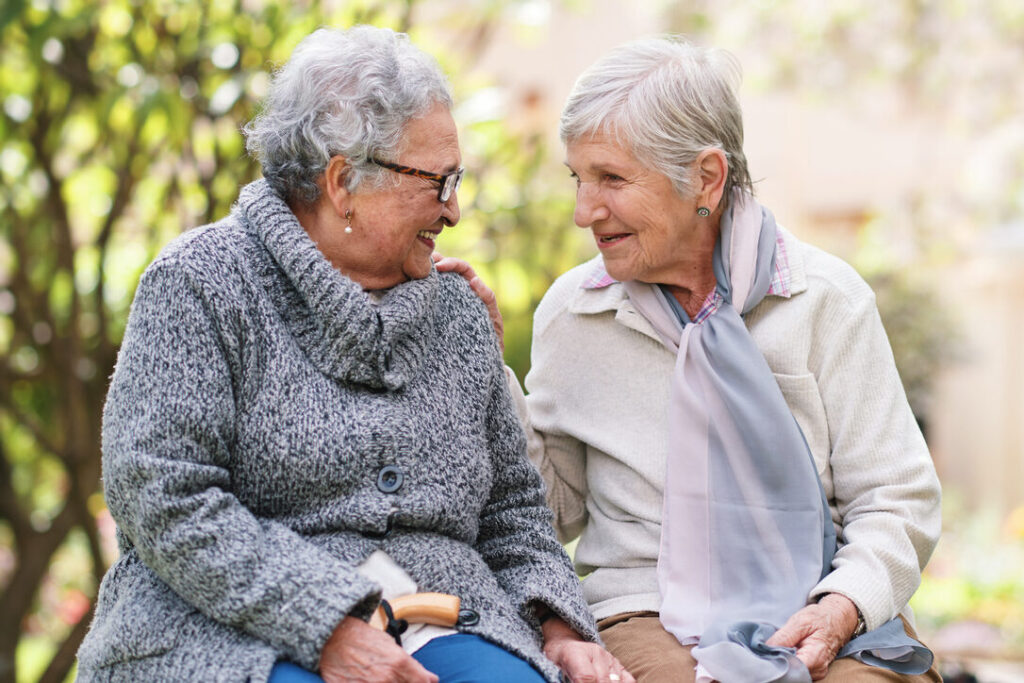
Life moves fast, and some of the things our grandparents considered normal now feel like they belong in a museum. From how they communicated to the way they ran their households, it’s hard not to marvel at how much things have changed. Some of these habits might make you smile, others might make you shake your head, but all of them are a reminder of how far we’ve come. Ready for a trip down memory lane?
1. Ironing Everything, Even Bedsheets
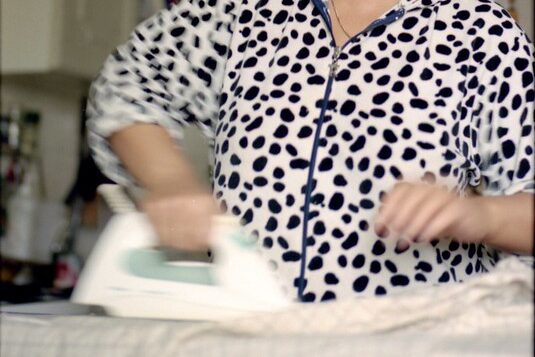
Once upon a time, ironing wasn’t just for fancy clothes. Our grandparents would meticulously press pillowcases, tablecloths, and even bedsheets. It was part of presenting a tidy home and showed pride in cleanliness and order. Today, most of us toss wrinkled sheets in the dryer or don’t care at all. Modern wrinkle-free fabrics and our fast-paced lifestyles make ironing seem unnecessary for everyday items. According to Vintage Reveries, ironing played a role in personal hygiene and fashion. What felt like self-respect then now feels like a time-consuming chore we can skip without guilt.
2. Sharing a Single Telephone for the Whole House
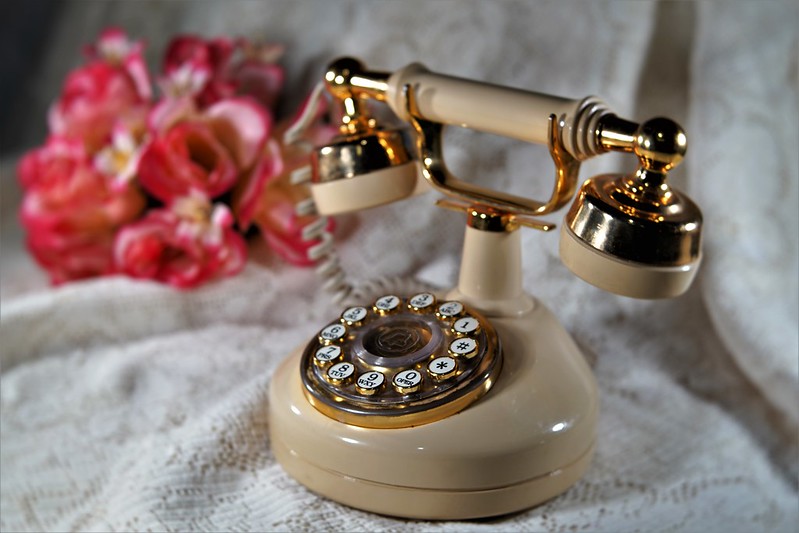
Having just one landline phone in the house, often placed in the hallway, was standard. Families would crowd around during an important call, and privacy was nearly impossible. Back then, calling someone felt like an event, not a casual text. Kids weren’t allowed to “tie up the line,” especially if someone was expecting a call. Southern Living says, this was also the era of party lines, where multiple households shared the same connection. Now, with smartphones in every hand and instant messaging, that kind of setup seems incredibly foreign. The evolution of communication has made these once-normal phone rituals feel prehistoric.
3. Cooking Every Meal from Scratch Daily

Fast food, meal kits, and microwave dinners weren’t part of the equation. Our grandparents cooked almost every single meal from scratch, using fresh ingredients, often from their own gardens. It wasn’t just about food; it was about survival and economy. Leftovers were cherished, and nothing was wasted. Today’s grab-and-go culture would baffle many of them. Home cooking took time, skill, and often the whole family’s involvement. Studies from Academia Edu show that cooking from scratch led to healthier eating habits, though it’s become less common in modern households pressed for time.
4. Hanging Laundry Outside No Matter the Season
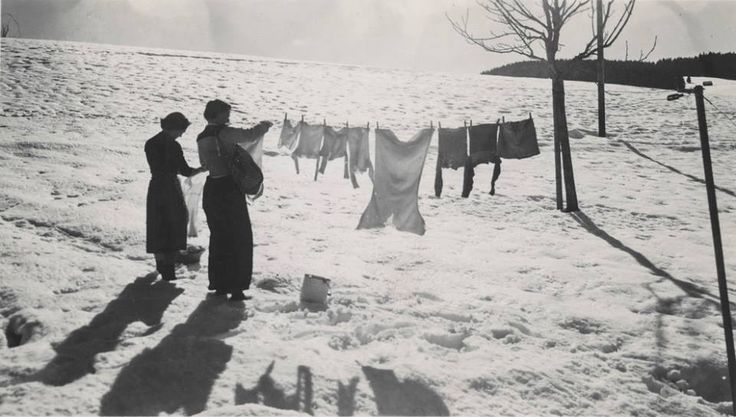
The sight of colorful laundry flapping in the wind used to be a staple in every backyard. Rain or shine, clothes were hung to dry outside on a line. Dryers were a luxury many didn’t have or didn’t use unless absolutely necessary. Line-drying was energy-saving, environmentally friendly, and infused clothes with that fresh outdoor scent. Today, zoning laws in some neighborhoods even ban clotheslines as unsightly. According to Energy Star, clothes dryers account for about 6% of residential energy use. So, while this habit might seem old-school, it actually had eco-friendly benefits we now try to replicate.
5. Writing Letters for Everyday Communication

Before smartphones and email, people wrote letters, lots of them. Whether it was a note to a friend, a love letter, or even a simple thank you, handwritten correspondence was the norm. Our grandparents often waited weeks to hear back, and that patience was part of the rhythm of life. Today, letter-writing is mostly reserved for special occasions. But studies from the American Psychological Association suggest that writing letters can improve well-being and deepen social connections. The practice was more than just communication; it was a thoughtful gesture. Now, it feels like a lost art replaced by emojis and autocorrect.
6. Saving Wrapping Paper and Ribbons for Reuse
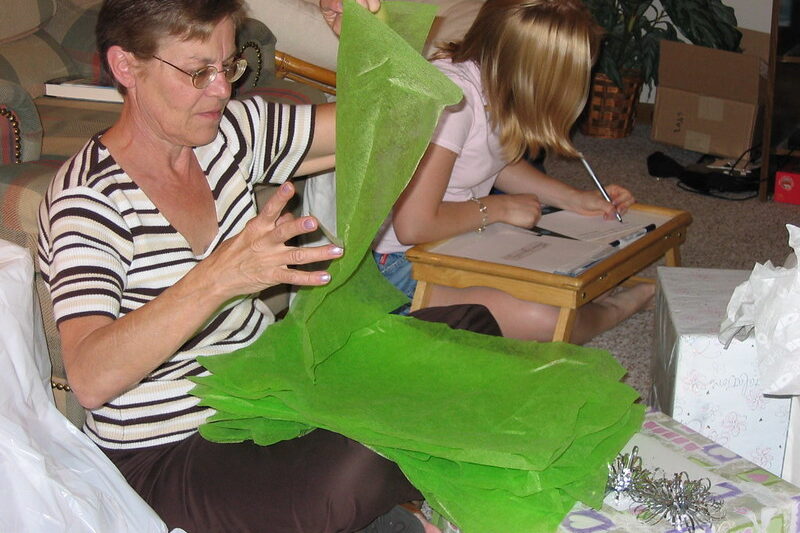
If you’ve ever watched your grandma carefully peel back wrapping paper without tearing it, you’ve witnessed a lost ritual. Wrapping paper, ribbons, and bows were never just thrown away. They were neatly folded, tucked into drawers, and saved for future use. This wasn’t just frugality, it was an expression of appreciation and intention. In an era of disposable everything, the idea of saving decorative scraps seems quirky. But considering environmental concerns and rising waste levels, maybe they were onto something. Their habit of reusing materials aligns with today’s sustainability goals, even if the motivation was thrift over eco-consciousness.
7. Putting Plastic Covers on the Furniture

To preserve sofas and armchairs for years, many grandparents covered them with thick plastic. This created that infamous squeaky sound when you sat down and a sticky sensation in the summer. But to them, it was about protecting investments and keeping things pristine for guests. Furniture was expensive and often bought to last a lifetime. Today, most people choose comfort over protection, and interior aesthetics matter more than longevity. While some might see those covers as tacky now, they were practical shields against spills, kids, and pets in an era before stain-resistant fabrics became common.
8. Wearing Church Clothes All Day on Sunday

Sunday best meant dressing to the nines, even if you weren’t leaving the house after service. It was a tradition that symbolized reverence, discipline, and structure. Many grandparents wouldn’t dare change into casual wear until sundown. Today, comfort reigns supreme, and most people switch into loungewear the moment they get home. But this old-school habit wasn’t just about clothes, it reflected a mindset that honored rest, family, and values. The shift from formality to relaxation says a lot about how modern generations approach downtime and self-expression compared to their predecessors.
Which of these old-school habits do you remember, or maybe even still do? Share your favorite throwback tradition in the comments, and don’t forget to pass this list along to someone who’ll appreciate the nostalgia too!


